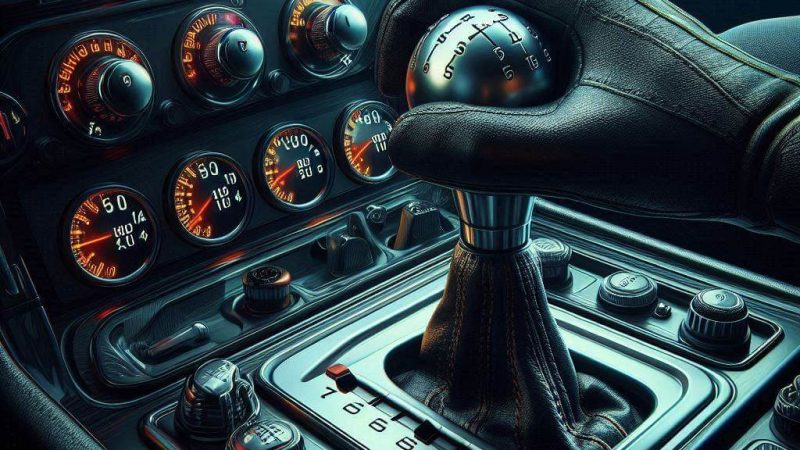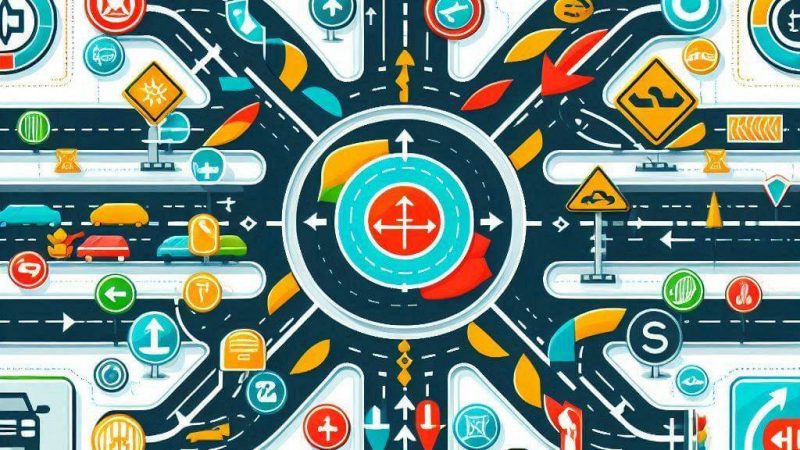How to Improve Your Fuel Efficiency with Simple Driving Adjustments

In today’s world, where fuel costs are a significant concern for many drivers, improving fuel efficiency is not only beneficial for your wallet but also for the environment. While advanced technologies and fuel-efficient vehicles are excellent, there are numerous simple driving adjustments you can make to enhance your vehicle’s fuel economy. This comprehensive guide explores practical techniques to help you maximize fuel efficiency and get the most out of every gallon.
Contents
1. Adopt Smooth Driving Habits
Accelerate Gradually
Aggressive acceleration consumes more fuel. Instead, accelerate smoothly and gradually. This means pressing the accelerator gently and allowing your vehicle to build speed steadily. Sudden bursts of acceleration can significantly reduce your fuel economy, as engines use more fuel to rapidly increase speed.
Brake Gradually
Similarly, sudden braking requires more fuel to get back up to speed. Anticipate stops and slow down gradually. This can be achieved by easing off the accelerator well before you need to stop. When approaching red lights or traffic jams, begin slowing down early to avoid hard braking.
Coast When Possible
Coasting is an effective way to save fuel. When you anticipate a need to slow down or stop, take your foot off the accelerator and let your vehicle coast to a lower speed. This technique utilizes the vehicle’s momentum and reduces the need for fuel consumption.
2. Optimize Your Speed
Drive at Optimal Speeds
Fuel efficiency typically improves when you drive at moderate speeds. Driving at speeds between 45 and 65 mph (70-105 km/h) usually offers the best balance of speed and fuel economy. Driving faster than this can cause a significant increase in aerodynamic drag and fuel consumption.
Use Cruise Control Wisely
Cruise control helps maintain a constant speed on highways and can improve fuel efficiency by avoiding unnecessary acceleration and braking. However, avoid using cruise control on hilly terrain, as it may cause your vehicle to use more fuel to maintain speed going uphill.
3. Maintain Your Vehicle
Regular Engine Maintenance
A well-maintained engine runs more efficiently and uses less fuel. Follow your vehicle’s maintenance schedule for oil changes, air filter replacements, and spark plug inspections. Using the recommended grade of motor oil can also enhance fuel efficiency.
Keep Tires Properly Inflated
Under-inflated tires create more rolling resistance, which requires more fuel to overcome. Regularly check your tire pressure and ensure they are inflated to the manufacturer’s recommended levels. Properly inflated tires can improve fuel efficiency by up to 3%.
Ensure Proper Alignment
Misaligned wheels can cause your vehicle to work harder and use more fuel. Have your wheel alignment checked and adjusted regularly to ensure that your tires are aligned correctly, reducing friction and improving fuel economy.
4. Reduce Vehicle Weight and Drag
Remove Excess Weight
Extra weight in your vehicle requires more fuel to move. Avoid carrying unnecessary items in your car and remove any heavy cargo or equipment when not in use. This is particularly important for roof racks and carriers, which can significantly increase drag and reduce fuel efficiency.
Minimize Aerodynamic Drag
Aerodynamic drag affects fuel efficiency, especially at higher speeds. Remove roof racks, carriers, and any other external accessories when not in use. Ensure that windows are closed and avoid driving with them open, as open windows can create drag and reduce fuel economy.
5. Use Air Conditioning and Other Accessories Efficiently
Use Air Conditioning Sparingly
Air conditioning can increase fuel consumption, particularly at lower speeds. Use it judiciously and consider using the vehicle’s ventilation system instead of the A/C when driving in moderate temperatures. When driving at higher speeds on the highway, it’s generally more fuel-efficient to use the A/C rather than open windows.
Avoid Idling
Idling consumes fuel without moving your vehicle. Turn off your engine if you expect to be stopped for more than a minute or two, such as when waiting for someone or parked for extended periods. Modern engines are designed to use less fuel when restarted than when idling for long periods.
6. Plan Your Trips
Combine Errands
Planning your trips can help reduce fuel consumption by combining errands into a single trip. This minimizes the amount of cold starts your vehicle undergoes, which consume more fuel. Grouping your errands and planning routes efficiently can save time and fuel.
Avoid Peak Traffic Times
Traffic congestion can lead to frequent stops and starts, which reduce fuel efficiency. If possible, avoid peak traffic times and plan your route to minimize the time spent in traffic. Use navigation apps that provide real-time traffic updates to help you choose the best routes.
7. Consider Driving Techniques
Use Your Transmission Effectively
If you drive a manual transmission vehicle, shift gears smoothly and at the right time. Avoid revving the engine too high before shifting to higher gears. For automatic transmissions, ensure the transmission is well-maintained and check for any issues that might affect shifting performance.
Utilize Engine Braking
Engine braking, which involves downshifting to slow down your vehicle, can help save fuel compared to using the brake pedal alone. It reduces the need for excessive braking and can be particularly useful on downhill slopes.
8. Stay Informed and Adjust as Needed
Monitor Fuel Efficiency
Regularly check your vehicle’s fuel efficiency by monitoring fuel consumption and mileage. Many modern vehicles come equipped with onboard computers that provide real-time fuel economy data. Use this information to identify patterns and adjust your driving habits accordingly.
Adapt to Different Conditions
Fuel efficiency can be affected by driving conditions such as weather, terrain, and road type. Adjust your driving habits based on these conditions. For instance, driving in heavy rain or snow may require more cautious driving, which can impact fuel economy.
Improving fuel efficiency doesn’t necessarily require a new car or advanced technology. By adopting simple driving adjustments, maintaining your vehicle, and planning your trips effectively, you can make a significant difference in how much fuel your vehicle consumes. These practices not only help you save money but also contribute to a more sustainable and environmentally friendly driving experience.
Implementing these strategies can lead to noticeable improvements in fuel economy, allowing you to enjoy both financial and environmental benefits. Drive smart, and you’ll be on your way to better fuel efficiency in no time.
With these practical tips, you can optimize your driving habits and vehicle maintenance to achieve better fuel efficiency and cost savings. Safe and economical driving!


